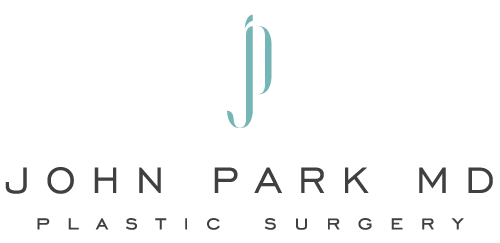
22 Mar Trust Your Doc: 4 Things Your Surgeon Wants You To Do After Your Facelift
A Recovery Plan For Better Results
Facelifts are cosmetic procedures that remove sagging and improve an individual’s facial profile. Common areas of concern include an aging neck, jowls in the cheek area, and simply wanting to correct wrinkles or crows’ feet around the eyes. While the surgery is common, proper aftercare and following recommended recovery guidelines are critical to ensure that outcomes are as desired. A plastic surgeon will usually share the following tips with patients.
1. Enlist help
On the day of surgery, expect to feel groggy or disoriented immediately afterward. Surgeons recommend having a friend or relative assist with arriving at and leaving the treatment center. This individual will usually also need to provide support throughout the day by giving medications as needed or helping with routine tasks while at home.
2. Rest as needed
Most people can fully recover from a facelift in roughly 3-4 weeks. Individual timelines will vary depending on body chemistry and user behavior. Doctors usually recommend resting as much as possible during the first week to aid in recovery. Day 3 tends to be a pivotal time because bruising tends to be the most significant at this stage of recovery.
3. Avoid wearing makeup
Not all facelift patients wear makeup regularly. However, in the first 2 weeks of recovery, surgeons will strongly advise against attempting to wear cosmetics. During this period, the skin is still recovering. Likewise, swelling, bruising, and tightness at the incision site are still possible. Wearing makeup can result in complications, so avoid cosmetics during the initial recovery.
4. Resume activities slowly
Similar to resting as needed, be mindful of activity levels during the recovery period. Particularly during the first week, focus on recuperating rather than trying to resume activities. Even simple tasks such as lifting pets and children might be too strenuous, especially when under the influence of medications. During week 2, patients can begin to resume low-impact activities such as walking. More intensive exercises, such as running or swimming, aren’t usually recommended until after the first month.
Understanding recovery timelines
Even though plastic surgery can roll back the hands of time, results aren’t instantaneous. Individuals undergoing a facelift should understand that the desired results may not be apparent until several weeks or months after the surgery. For facelifts, 30 days tends to be the average healing period. However, in some cases, people may wait more than 1 year for side effects like bruising, swelling, tightness, and numbness to subside.



